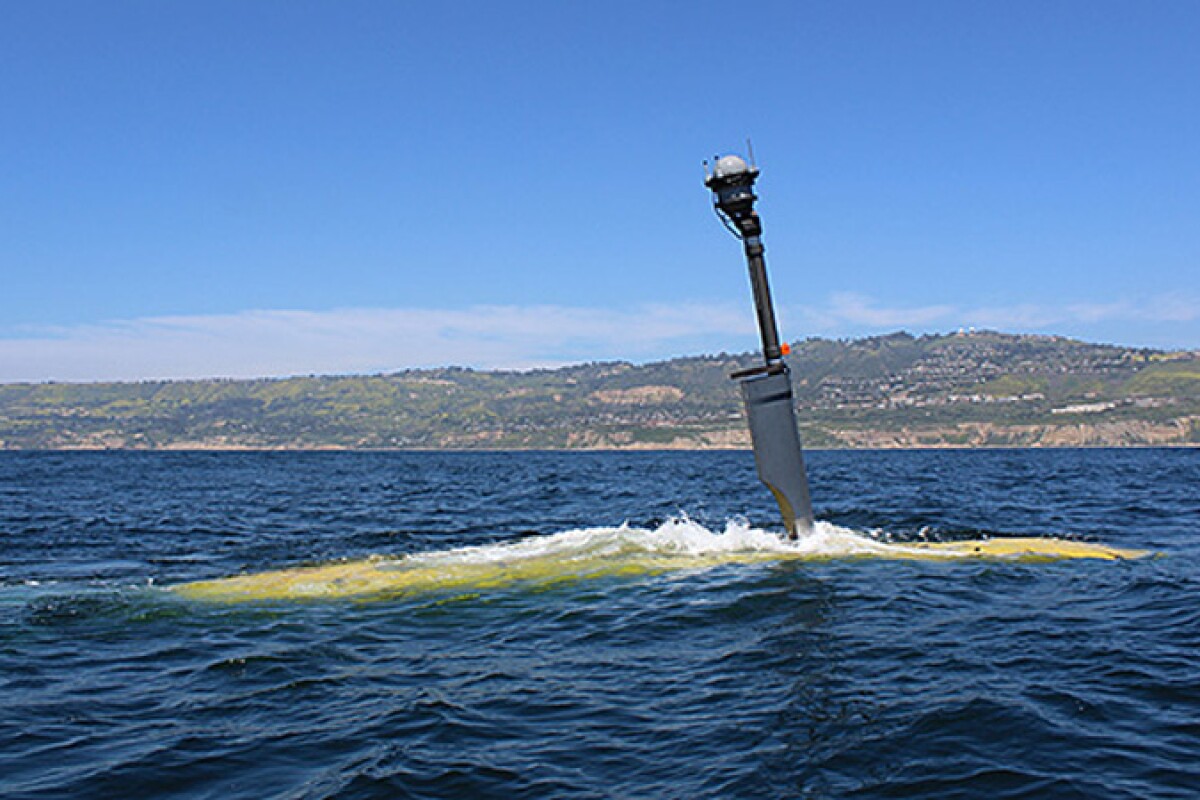Boeing's 51-ft (15-m) autonomous submarine Echo Voyager has taken to the open water for the first time as sea trials get underway. The eXtra Large Unmanned Undersea Vehicle (XLUUV) is being subjected to tests of its communications, autonomy, propulsion, systems integration, and battery systems in a series of surface maneuvers and shallow dives off the coast of Southern California in the lead up to the robotic cruiser's first deep water long endurance run.
Up until now, blue water submarine operations have been the reserve of large manned naval submarines, but Echo Voyager is designed to make the deep oceans another robotic realm. Unlike current unmanned underwater vehicles that are mostly remote controlled and must stay close to their mother ships for power and support, Voyager with its 34-ft (10-m) payload bay uses advanced autonomous computer systems and a hybrid rechargeable power system that allows it to submerge and operate autonomously for months at a time.
So far, the Echo Voyager has completed pool tests at Boeing's Huntington Beach facility and now the time has come to up the level of difficulty.

The craft is part of the US Navy's XLUUV program to create a cheap, yet effective, robotic underwater system to meet the Navy's needs in the 21st century. Last week, Boeing announced that it has entered into a partnership with Huntington Ingalls Industries for the design and production of XLUUVs for the US Navy.
"Unlike an aerial vehicle, or a satellite where you can communicate with it when it's in trouble, with subsea vehicles you can't do that because of the communication," says David Flowers, Boeing Program Manager of XLUUV Development. "So autonomy is that much more important. The vehicle has got to understand what to do if it gets in trouble, make rule-based decisions and act in a way that allows it to stay safe and complete its mission."
The video below gives an overview of Echo Voyager.
Source: Boeing






